In photos: African school feeding day
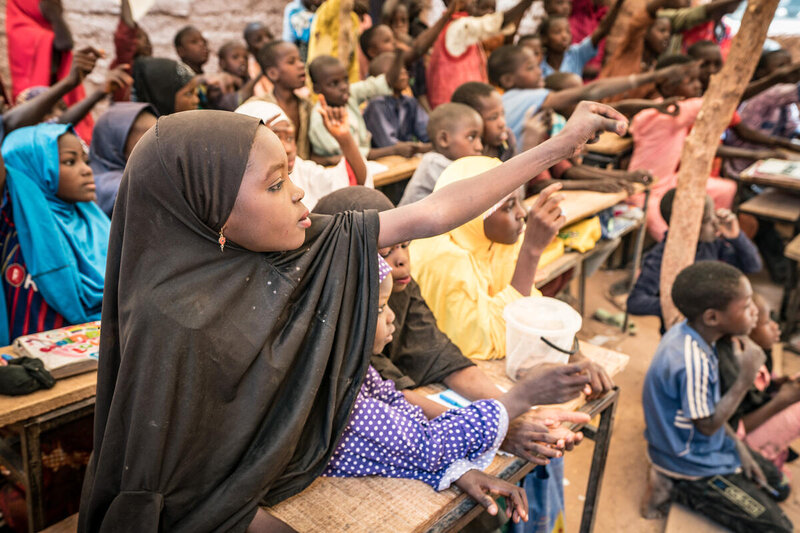
Since 2016, the African Day of School Feeding has been a rallying point, bringing together stakeholders from the public, private, civil society and multilateral sectors, to galvanize political support for the adopting and conducting school feeding programmes.
1. More than 60 million children across Africa who live in extreme poverty did not have access to school feeding programmes in 2019 (the last year for which comprehensive figures are available). That was before the coronavirus pandemic wreaked havoc with attendance.
By April 2020, 42 countries in sub-Saharan Africa had announced school closures, leaving an estimated 50 million children without access to education or school meals.
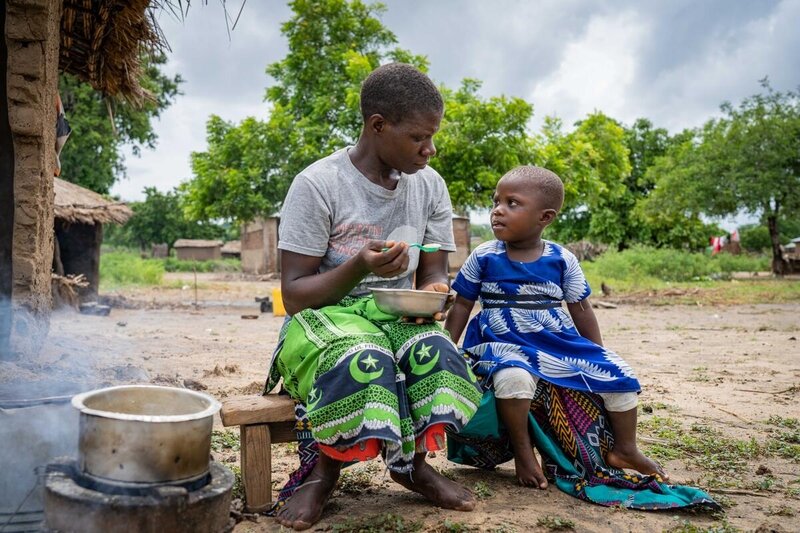
2. In the five years to 2019, the number of children receiving school meals went from 38 million to 65 million – a sign of the enormous strides governments can make when there is the political will, with low income countries allocating greater funds to programmes.
The greatest gaps in school feeding are in the Sahel region and the Horn of Africa, confirming that coverage is lowest where needs are greatest. This inequality is expected to have increased drastically throughout the pandemic.
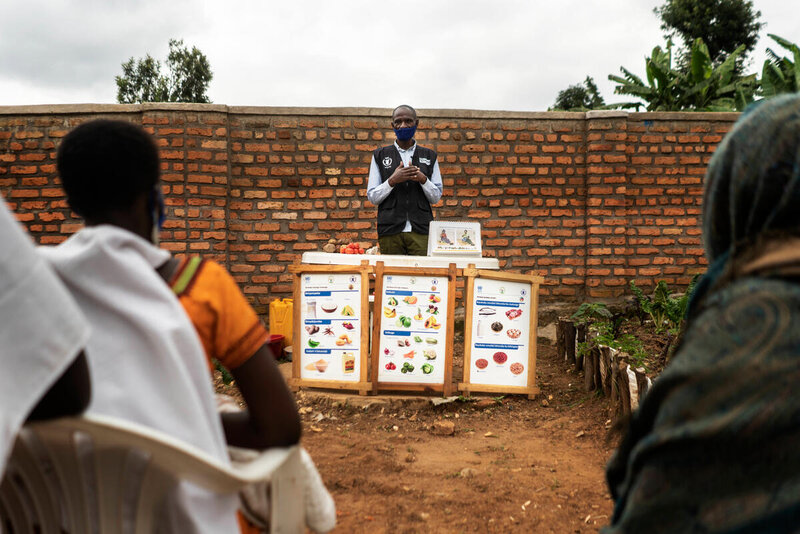
In this context, home-grown school feeding can serve as a game-changer to ensure that this generation of children, who have missed out on education, health and nutrition interventions won’t be left behind.
4. Improving children’s nutrition and health is investing in future generations and the very prosperity of countries – 80 percent of African school meals programmes are funded by national governments.
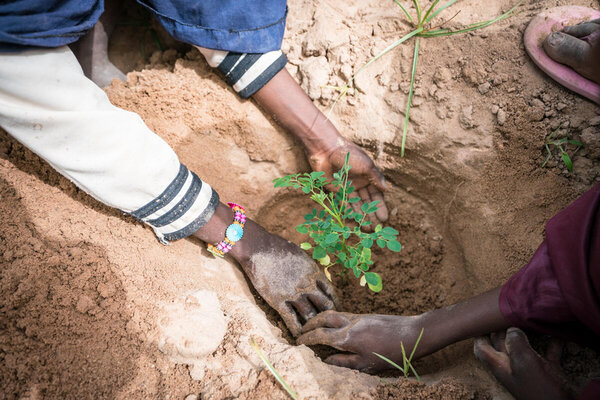
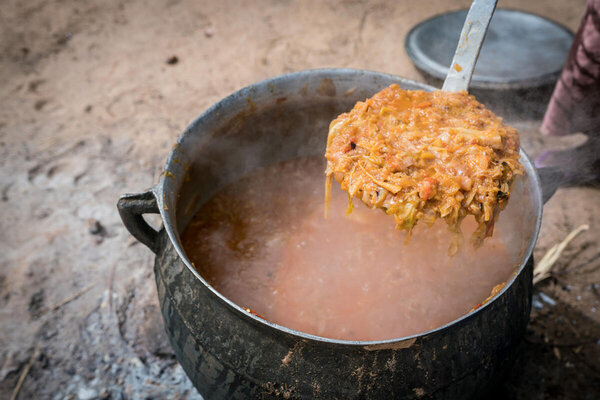
5. Studies show school meals programmes can increase enrolment by an average of 9 per cent and are effective in increasing attendance among girls, reducing the chances of early marriage, child labour and early and teen pregnancies
With homeg-rown, food is procured locally. This contributes to stable markets, boosts local agriculture, impacts rural transformation and strengthens local food systems.
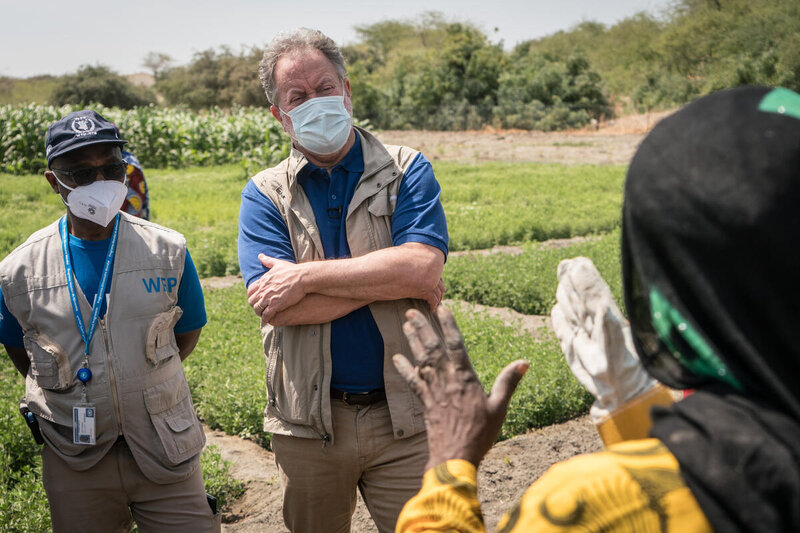
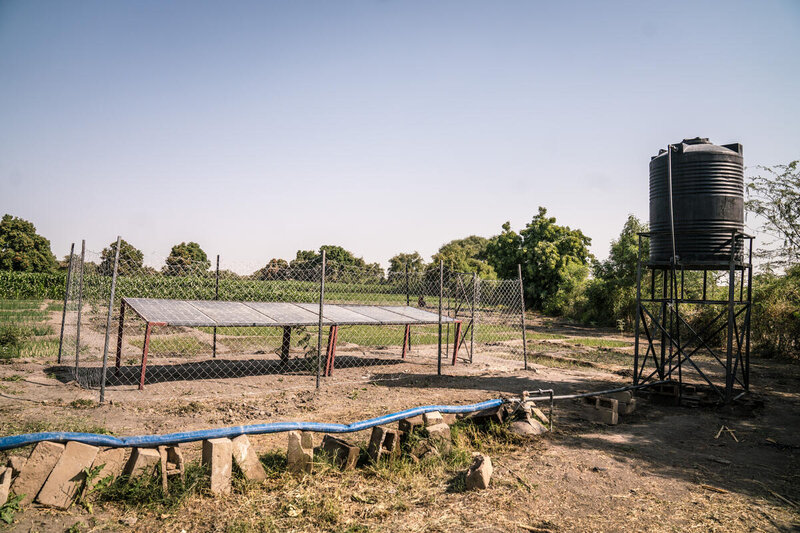
6. It is estimated 1,700 jobs are created for every 100,000 children being fed through school meal programmes.
7. School feeding, especially when the meals are fortified or supplemented, can reduce the prevalence of anaemia by up to 20 percent in girls.
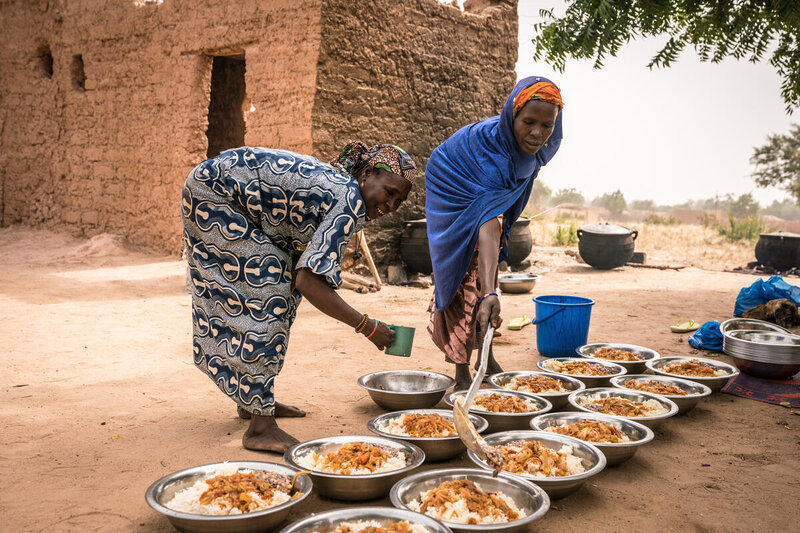
8. The value of meals in school is equivalent to about 10 percent of a household’s income. For families with several children, that can mean substantial savings. According to a recent Harvard analysis, every US$1 invested in school meals, yields up to US$9 in economic returns.
Benin: Government leads the way with WFP support
Under a thatched roof kitchen installed in the backyard, Benedicte stir-fries her gari, a locally processed cassava flour. At a corner of her house, a small group of customers have already lined up waiting for the popular pan-fried delicacies.
“I sell my gari in different sizes so everyone can have access to. Some people use it as porridge, while others use it as side dish to eat fish, meat, green leaves,” she says.
In Dangbo commune – about 60 km southeast of Cotonou, Benin’s Economic Capital, Benedicte grows cassava and sells cassava products.
“Three of my (five) children go to school here in Dangbo where they receive daily school meals,” she says. “When I prepare my gari I sell part of it to meet our own needs and I always share a small portion with the school to support the school feeding.”
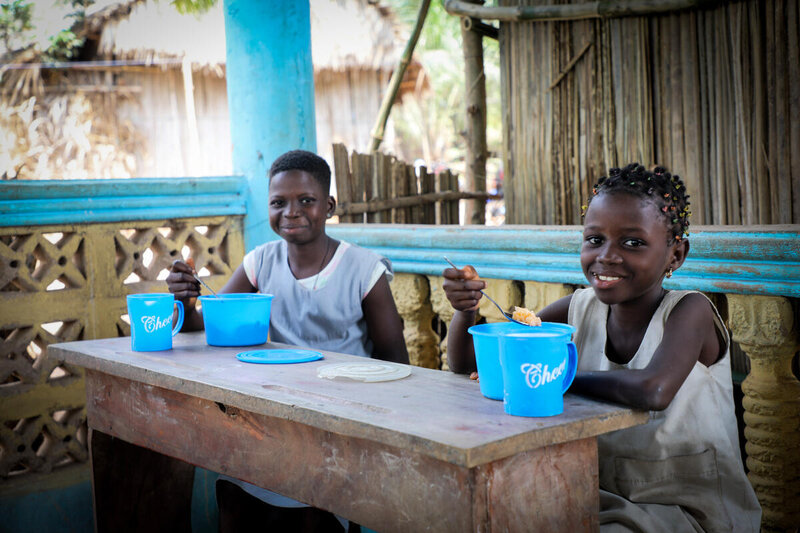
In Dangbo, the Government of Benin in partnership with the World Food Programme (WFP) is implementing the national school feeding programme targeting 12,600 children in 52 primary schools.
As a parent, Benedicte volunteered to provide cooking services five consecutive days a month at Fingninkanmè primary school in Dangbo commune.
“I feel proud waking up in the morning to cook and serve school meals to our children,” she says.
Madagascar: Taking on drought and hunger one school meal at a time
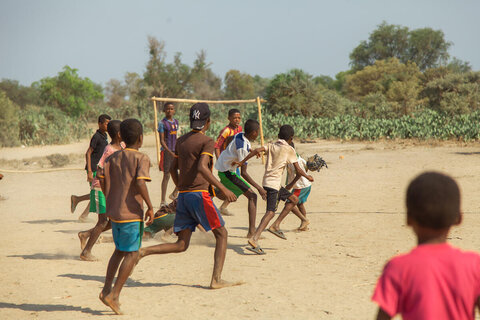
To ensure sustainability and community ownership of the school meals programme, the Government of Benin encourages local participation of parents in various forms: cooking, providing firewood, fetching water, taking care of the school garden or providing ingredients for food.
Since 2020, a women’s group in Dangbo commune has generously accepted to support the programme at the Fingninkanme primary school by providing fresh vegetables, fortified gari, fruits and cash to help diversify the meals.
Supporting the women’s initiative, WFP’s partner Choithrams foundation, has funded the group's training and provided equipment for food production and processing. Part of the food produced is delivered directly to the school, and the rest is sold to meet the needs of participants.
Overall, 37 women in Dangbo commune, including Benedicte, have received training in producing soap, soja milk and transforming cassava into gari.
As their children have daily nutritious meals at school, women like Benedicte have now more time to diversify activities.
Rwanda: WFP and partner boost national school meals programme
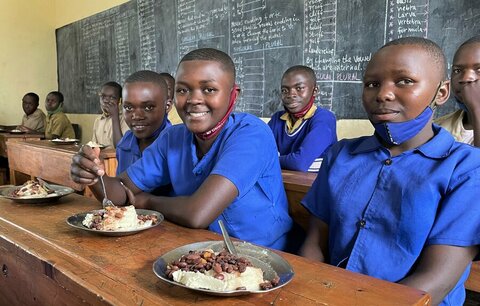
“This year, I have bought two additional plots where I am now growing maize, groundnuts and cassava,” she says. “This will allow me to pay school fees and uniforms for my children. My greatest dream is to open a big shop here where I can sell more processed food.”
This year, the national school feeding programme is supporting over 700,000 children in 3,800 schools across the country.
By the end of 2022, three out of four primary schools in Benin will receive daily school meals with the funding from the Government making it the first donor government for school feeding in West Africa.
In 2021, WFP injected US$ 2.54 million into the local economy by purchasing 4,000 metric tons of food from local traders and smallholder farmers for the school feeding programme.
